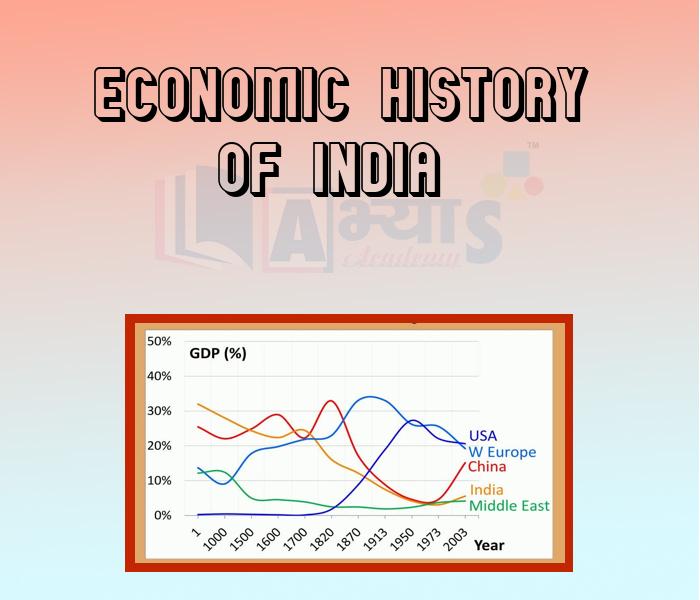Economic History Of India

Economic History Of India
Economic History Of India:
It was the first Prime Minister of India, Jawaharlal Nehru, along with noted statistician Prasanta Chandra Mahalanobis, who formulated and supervised economic policy of India after its independence. The concept of Five-Year Plans came into existence, which were influenced by the central planning in the Soviet Union. A number of industries were nationalised during the mid-1950s, which included telecommunication, mining, steel, water, machine tools, electrical plants, insurance and a few more Setting up new businesses required elaborated licenses and regulations. 'Red Tapeism' was also a part of it between 1947 and 1990. The economic policy formulated by Nehru and Mahalanobis was based on direct and indirect state intervention. Though they were quite optimistic about the success of their policy, economist Milton Friedman later criticised their policy, which concentrates on capital and technology-intensive heavy industry as well as subsidising manual, low-skill cottage industry at the same time. According to Friedman, it would waste capital and labour and would slow down the growth of small manufacturers. The economic policies, initiated post independence, were influenced by the colonial experience. Policies included protectionism, import substitution, intervention of the state in labour and financial markets, industrialisation, central planning, large public sector, business regulation. Five-Year Plans were introduced which were similar to the central planning in the Soviet Union. In the mid-1950s, industries such as electrical plants, water, insurance, mining, telecommunications, steel, machine tools were nationalised. Between 1947 and 1990, regulations and licenses were needed to set up businesses in India. This was termed as Licence Raj, and often included red tapism.
Who is the author of "Planned Economy for India" ? | |||
| Right Option : B | |||
| View Explanation | |||
Students / Parents Reviews [10]
It was a good experience with Abhyas Academy. I even faced problems in starting but slowly and steadily overcomed. Especially reasoning classes helped me a lot.

Cheshta
10thOne of the best institutes to develope a child interest in studies.Provides SST and English knowledge also unlike other institutes. Teachers are co operative and friendly online tests andPPT develope practical knowledge also.

Aman Kumar Shrivastava
10thMy experience was very good with Abhyas academy. I am studying here from 6th class and I am satisfied by its results in my life. I improved a lot here ahead of school syllabus.

Ayan Ghosh
8thA marvelous experience with Abhyas. I am glad to share that my ward has achieved more than enough at the Ambala ABHYAS centre. Years have passed on and more and more he has gained. May the centre flourish and develop day by day by the grace of God.

Archit Segal
7thI have spent a wonderful time in Abhyas academy. It has made my reasoning more apt, English more stronger and Maths an interesting subject for me. It has given me a habbit of self studying

Yatharthi Sharma
10thAbhyas is a complete education Institute. Here extreme care is taken by teacher with the help of regular exam. Extra classes also conducted by the institute, if the student is weak.

Om Umang
10thIt has a great methodology. Students here can get analysis to their test quickly.We can learn easily through PPTs and the testing methods are good. We know that where we have to practice

Barkha Arora
10thMy experience with Abhyas is very good. I have learnt many things here like vedic maths and reasoning also. Teachers here first take our doubts and then there are assignments to verify our weak points.

Shivam Rana
7thIt was good as the experience because as we had come here we had been improved in a such envirnment created here.Extra is taught which is beneficial for future.

Eshan Arora
8thAbout Abhyas metholodology the teachers are very nice and hardworking toward students.The Centre Head Mrs Anu Sethi is also a brilliant teacher.Abhyas has taught me how to overcome problems and has always taken my doubts and suppoeted me.








